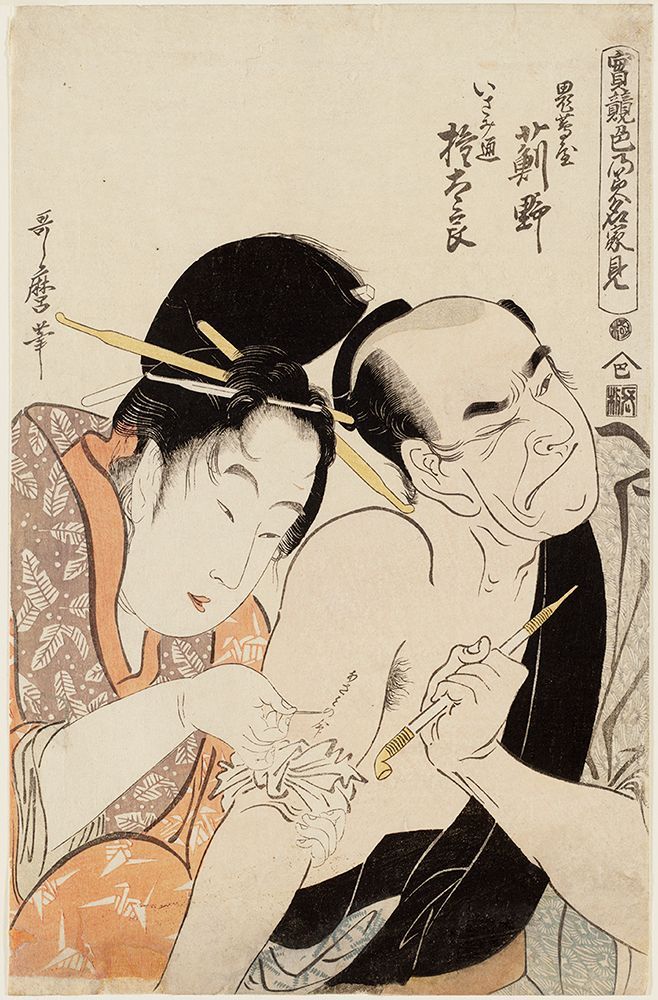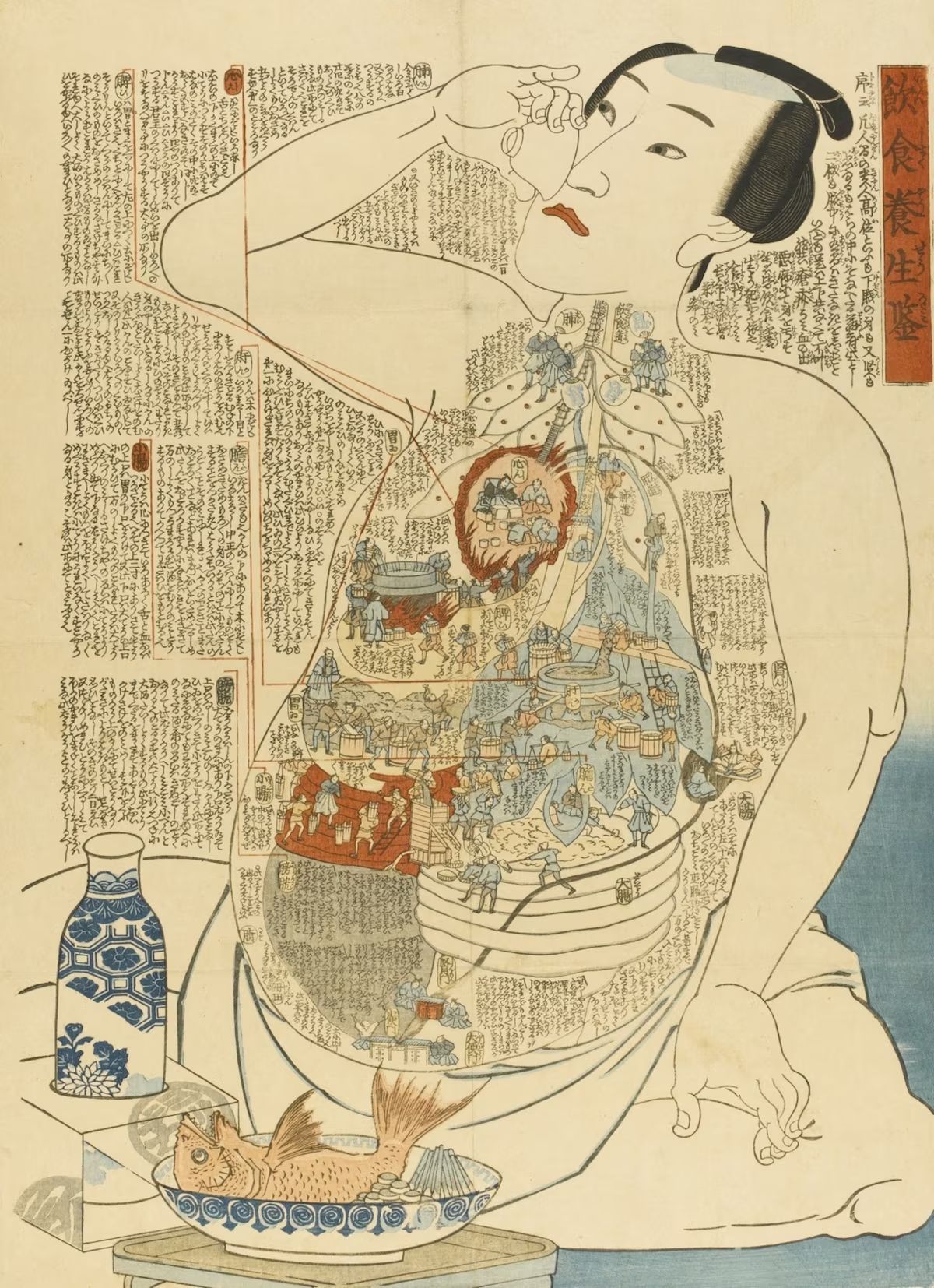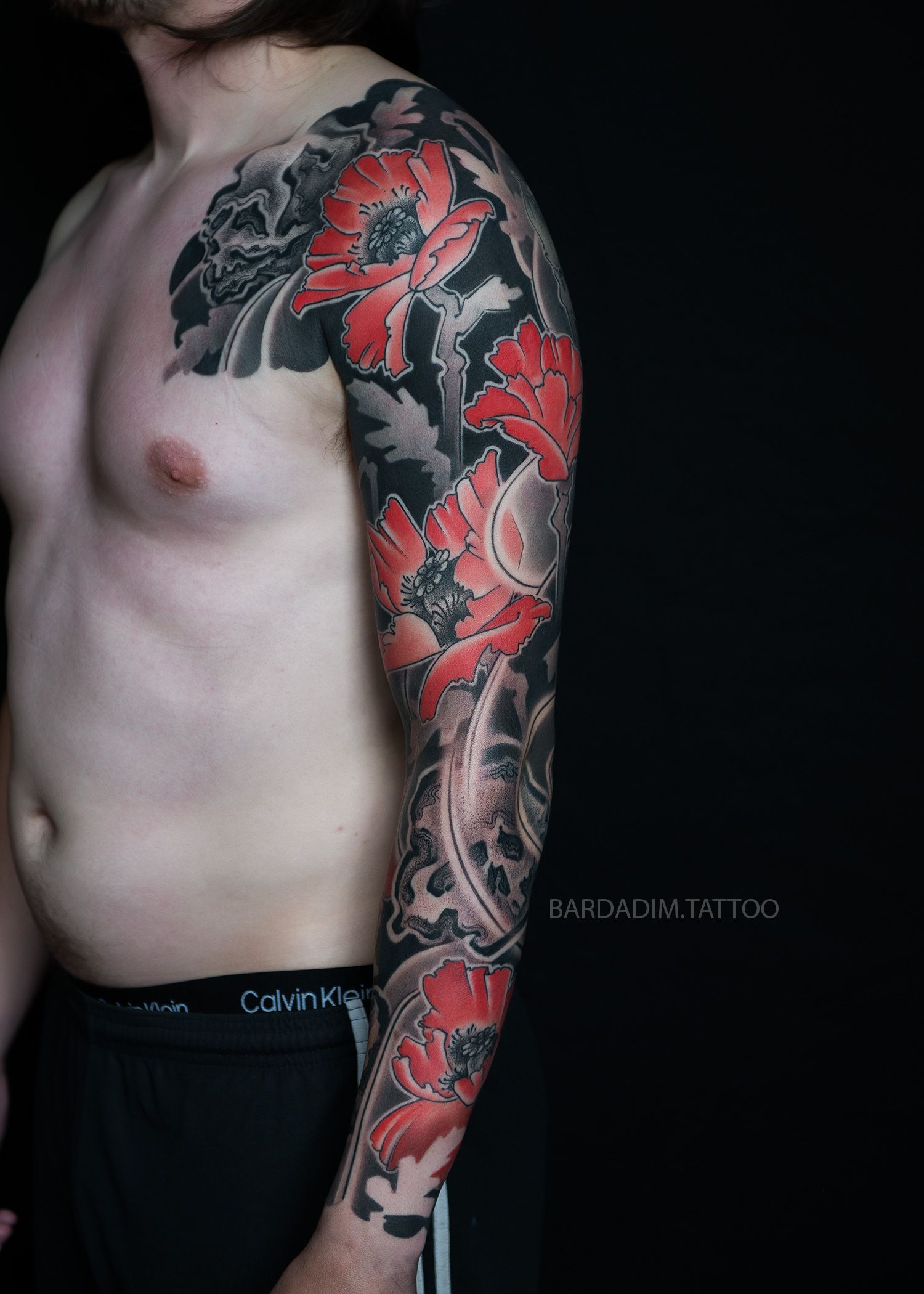Tattoos and Immune system? Is there any connection? I hear this question here and there, but now (April 2020) especially.
I really hate the idea of manipulating and fear-mongering on Covid19 subject, but I can’t stop thinking about current situation which is indicating that our body is extremely vulnerable and we are too relaxed thinking that medical and pharmaceutical systems are always there to save us if needed. Well, as we all can see now, unfortunately, not always. There are amazing doctors and nurses, but our health condition sometimes just doesn’t make their job easier. Just think about it – 86% of patience had comorbidities!
I believe that our health is our responsibility. It’s time to understand the basics: it’s a MINDSET! No excuses and no rules (therefore no cheating), but lifestyle and lifestyle choices. Which are also have huge impact on tattooing (process itself and healing), that’s why we always speak about it with our clients/collaborators!
Here are the 4 pillars of health (they are all connected and affect one another):
- Balanced and tailored nutrition- food is information, every thing we eat becomes our cells and hormones – us. It’s a chain reaction, which can be beneficial or destructive. So to support your body and reduce inflammation it make sense to eat natural whole foods and avoid “sugars“, processed foods (those with crazy ingredients list), vegetable oils.
- Balanced and tailored physical activity. Move!
- Sleep hygiene – circadian rhythm . Allow your body to heal itself! The role of melatonin in the regulation of glucose/sugar homeostasis is huge.
- Stress management. And here I’d like to speak a little more, as I believe that tattooing is ancient tradition of not just decorating body, but also the way to strengthen both –
body and mind.
Please notice, this is my personal observations, I didn’t do any scientific research, although I’ve read a lot.
There are many practices of stress management: hugs (sounds like a joke right now, I know), yoga, breathing techniques, meditation etc… or more extreme techniques in seeking discomfort: the situations where we teach our body and mind to deal with extreme and trigger specific responses, for example, exposure to cold or hot temperatures.
I believe that tattooing (large scale, which requires many sessions and if done properly!!) is one of those extreme techniques that allow human body and mind to learn:
a) how to deal with pain and not turn it into suffering.
b) how to deal with inflammation – anti-inflammatory response and quality of healing.
c) how to deal with all the hormones that our body start to pump out during the process: yes, dopamine and endorphin (thats why with small tattoos it can be irrational/emotional and we wanna do it again and again).
d) how to deal with stress hormones like cortisol and adrenaline. Even toughest felt dizziness on the first sessions, why? Cortisol is best known for it’s involvement in the “fight-or-flight” response and temporary increase in energy production (blood pressure and sugar), at the expense of processes that are not required for immediate survival (for example digestive system)…
So, if we are stressing out, plus not eating properly, no wonder we can feel dizzy being on sugar rollercoaster. But with right nutrients, good sleep, and adequate breath work… with every new session our body gets adopted to stress, whether it’s cold, heat, sports or pain (which, of course, must be moderated! its a controlled stress).
Our bodies need cortisol to survive, but too much cortisol over a prolonged period of time, when we stress out for any reason or without, will compromise our health and eventually might lead to insulin resistance and diabetes. Thats why we need to learn how to manage stress.
There are many articles about tattoos and boosting the immune system response, and there are many controversial opinions. I guess our immune system is very complicated to be improved only by tattooing:) But from personal experience I can tell that seriously tattooed people I had a chance to work with have few things in common: perfect healing, pain tolerance, low bleeding, ability to sit for long hours without being too excited or/and stressed out. Also those who have ever sat in tattoo chair for more than 4-5hours know how mentally challenging it is, especially realizing that you gonna have to do it again… and again.
Im not expecting that tattoos will protect from catching a virus or so, but I’d like to think that story about samurais in ancient Japan were getting tattooed in order to teach their body (and mind) to be stronger is true. And Im sure adding some Whole Natural foods in nutrition, some good sleep, activity and meditation/breathwork will change a lot!
Be well and remember about the importance of choices we make!
All Tattoo Projects

Other Posts



Ready to start your tattoo project?
We do NOT do walk-ins. ONLY private appointments which really easy to schedule. Please learn the process and request your consultation.







